Wind
Heather Broman
Energy Storage
Accure Battery Intelligence
Wind
Dr. Sandeep Gupta
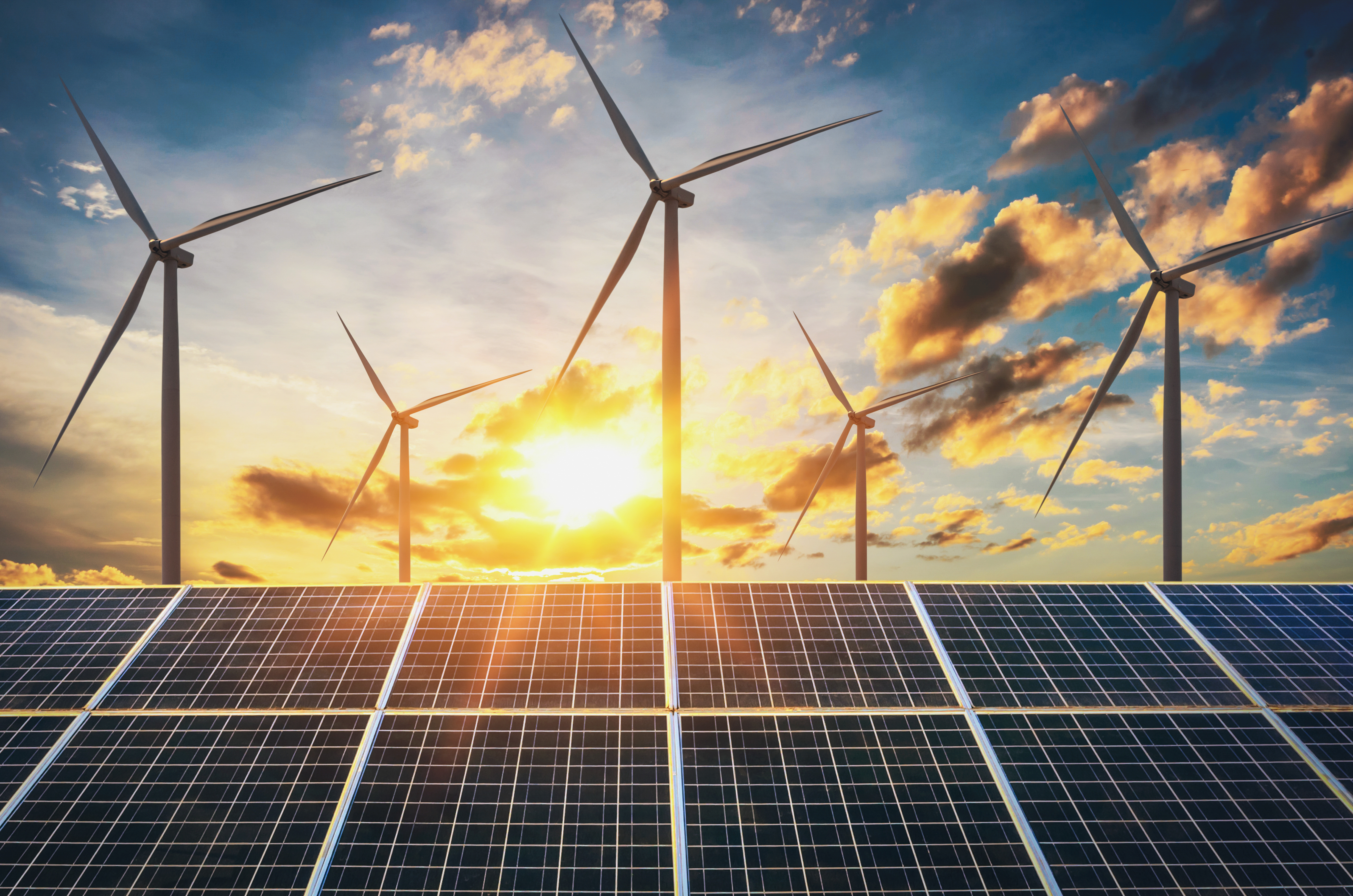
The Biden Administration announced plans to increase tariffs on solar modules and cells imported from China to help level the playing field for domestic clean energy manufacturers.
In response to this announcement, Qcells President of Corporate Affairs, Danny O’Brien issued the following statement:
“President Biden’s decision today is an important step toward building a durable clean energy economy that will grow domestic manufacturing and create more U.S. jobs. By aggressively enforcing our nation's trade laws, President Biden is pursuing a dynamic industrial strategy that furthers the goals of the Inflation Reduction Act by shielding the emerging U.S. solar manufacturing industry from unfair competition.”
Qcells | https://us.qcells.com/
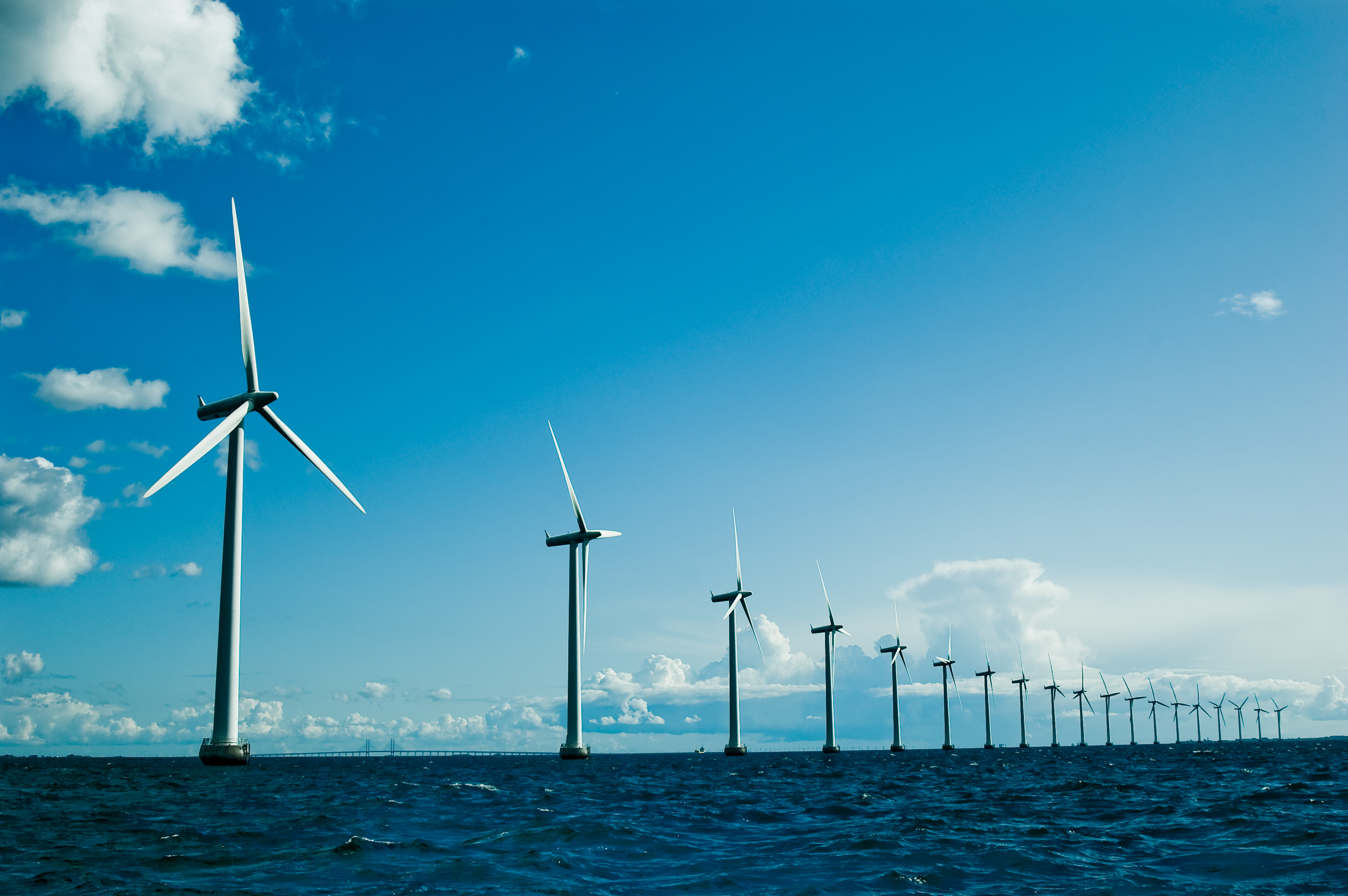
Rise Light & Power achieved a significant milestone in its plan to deliver offshore wind to New York City when the New York State Department of Public Service (NYS DPS) deemed its application complete last week and officially launched public review under Article VII of the New York State Public Service Law, which governs siting of major utility transmission facilities.
“Today’s action keeps us on track to transform New York City’s largest power plant into a clean energy hub, with offshore wind at its center. We are grateful to Governor Hochul, our partners in government, labor and our community for sharing the vision for a Renewable Ravenswood,” said Clint Plummer, CEO, Rise Light & Power. “We are looking forward to a robust public review that will set the standard for a responsible energy transition by listening to our neighbors, collaborating with labor, and delivering benefits for all New Yorkers.”
Rise Light & Power owns and operates New York City’s largest fossil power plant, the Ravenswood Generating Station, which provides 20% of the City’s generating capacity. In July 2022, Rise published a comprehensive redevelopment plan called Renewable Ravenswood, which seeks to transition Ravenswood into a state-of-the-art clean energy hub using a variety of renewable energy technologies including offshore wind.
Rise submitted this Article VII application in December 2022, after completing 255 miles of geophysical surveys in New York Harbor to determine the safest and most efficient location for buried, underwater, high-voltage direct current (HVDC) transmission cables. Multiple sets of these cables will bring up to 2.6 GW of offshore wind power from the Atlantic Ocean, through the Verrazzano Narrows, Upper New York Bay, and East River to the Ravenswood site. This approach avoids any impacts to beaches, public streets, or other private property, while also leveraging existing energy infrastructure at Ravenswood to lower costs and improve efficiency. Also in December 2022, Rise acquired an interest in the 1.4 gigawatt Attentive Energy One offshore wind project.
The Article VII permit is a key step towards Renewable Ravenswood, unlocking the delivery of clean energy and numerous other economic and environmental benefits. Offshore Wind, as part of the Renewable Ravenswood vision, has numerous benefits to New Yorkers, including:
Retirement of Fossil Generation
Offshore wind power, delivered directly into New York City, can replace existing fossil fuel generation and reduce the city’s emissions. The first offshore wind project interconnecting at Ravenswood will permanently retire an operating fossil-fired generator and replace its output with renewable energy from offshore wind.
Creation of Permanent Jobs
The Renewable Ravenswood plan also includes a new multi-story industrial building that contains a permanent offshore wind operations and maintenance hub, including control rooms, training facilities, and warehousing. The addition of the operations and maintenance hub at Ravenswood reactivates a portion of New York’s industrial waterfront, providing new, high-quality union jobs that will allow members of the UWUA Local 1-2 to continue powering New York.
Job Training and Workforce Development
Rise and its partners will invest in local job training for its existing union workforce, members of the Utility Workers Union of America Local 1-2, while also investing in a pipeline of workers from nearby disadvantaged communities to operate the offshore wind industry in the years ahead.
Cost Effectiveness and Ratepayer Protections
By repurposing existing power infrastructure, reducing the need for expensive transmission upgrades, and bundling multiple cables into one corridor, this offers New York a highly cost-effective offshore wind interconnection solution.
Reuse of Industrial Land to Preserve Public Space
All new onshore infrastructure will be located on existing industrial real estate. Unlike almost every other offshore wind farm in the United States, as well as other proposed cable landings in New York, this project will not require disturbances to public beaches, nor will it require the disturbance of land outside of the existing Ravenswood site.
Community Involvement
Rise Light & Power maintains a commitment to transparent and accessible community engagement, engaging with over 600 individuals last summer and fall in interactive forums. Rise will host additional forums in the coming months to share project updates and receive feedback from community members, environmental advocates, labor leaders, elected officials, and local organizations. In addition to forums hosted by Rise Light & Power, the Department of Public Service is expected to facilitate Public Information Sessions and Public Statement Hearings this summer.
Rise Light & Power | https://riselight.com/
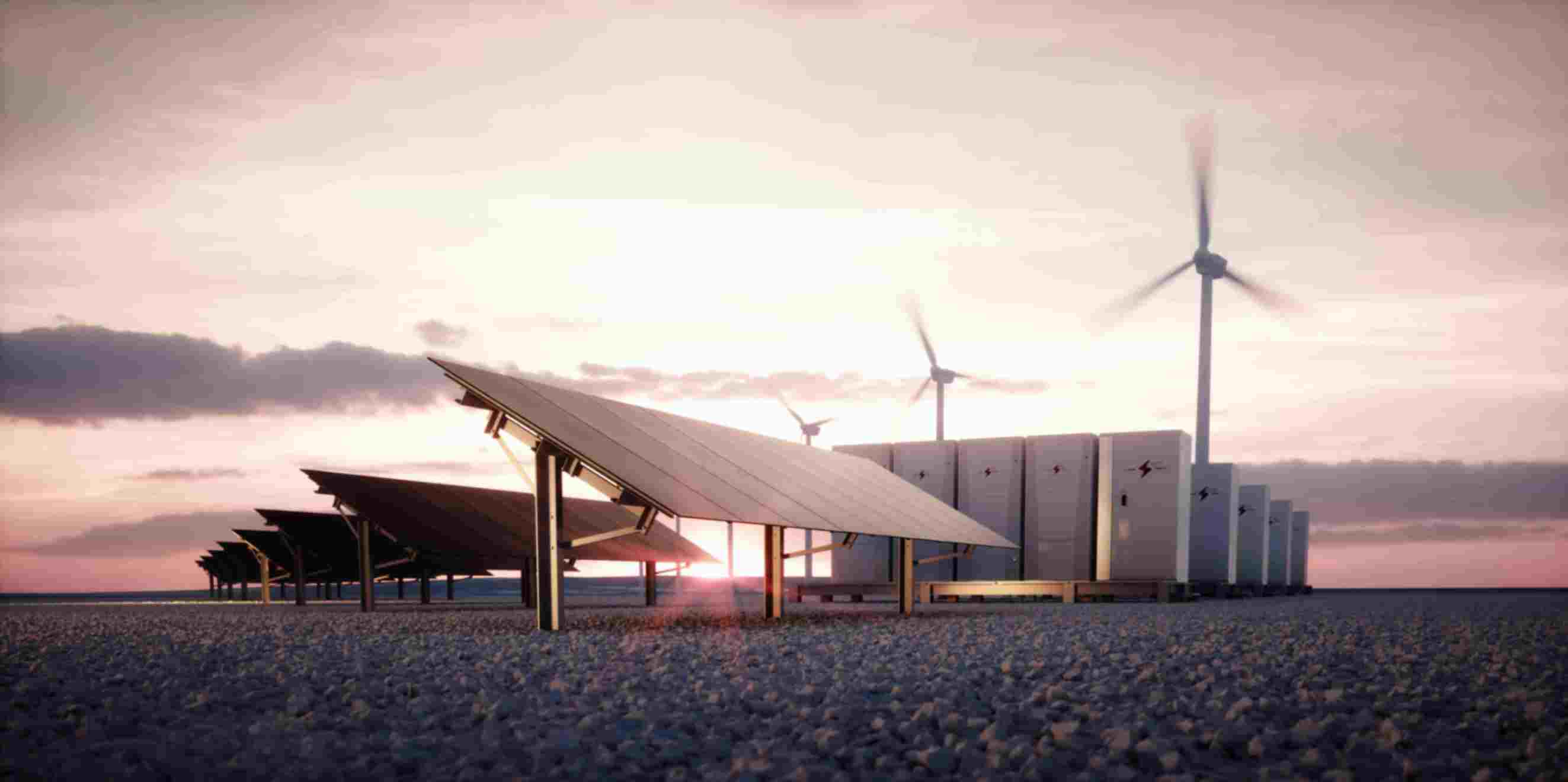
Last month, with the help of the nonprofit Georgia Interfaith Power and Light (GIPL), Trinity Episcopal Church in Statesboro, Georgia became the first faith community in the state to sign a solar energy procurement agreement (SEPA) with Georgia BRIGHT—a first-of-its-kind solar program designed to help low to moderate-income communities cut power bills and carbon emissions.
The church entered GIPL’s Solar-Wise program in 2020, feeling a faithful call to better steward Sacred Earth. They worked with GIPL program staff to explore different solar options, with GIPL assisting in the initial assessment and acting as a liaison with various installers. Most plans though were too expensive… that is until Georgia BRIGHT came along.
“When GIPL told us about Georgia BRIGHT and showed us how much we could save, I was skeptical at first,” says Fr. Charles Todd, Rector at Trinity Episcopal. “It seemed too good to be true. However, we talked to their team, got to know the Georgia BRIGHT people, saw their model, and learned that we really could get solar and save money. We could not be more excited!”
Georgia BRIGHT is funded by the national nonprofit Capital Good Fund. Capital Good Fund takes advantage of tax credits, grants, and bulk purchase discounts to help lower the cost of solar to homeowners and nonprofits like Trinity Episcopal. With Georgia BRIGHT, not only do customers lower their power bills and reliance on fossil fuels, they also hedge against rising energy prices and become models of resilience for their communities. Over the next 25 years, Trinity Episcopal will save $60,560, and offset 705 tons of carbon dioxide (78 percent of their total energy consumption).
“We’re thrilled to see Trinity Episcopal finally get solar,” says Hannah Shultz, GIPL Program Director. “This has been a long time coming and we hope it will allow them to invest more resources into mission and ministry with their community.”
“Previously the benefits of solar were available for-profit entities,” says Capital Good Fund founder and CEO Andy Posner, “Thanks to President Biden’s Inflation Reduction Act, we are helping change the game and cut energy burden across the state!”
Georgia Bright | https://capitalgoodfund.org/georgia-bright-for-nonprofits/
GIPL | gipl.org
Capital Good Fund | https://capitalgoodfund.org/
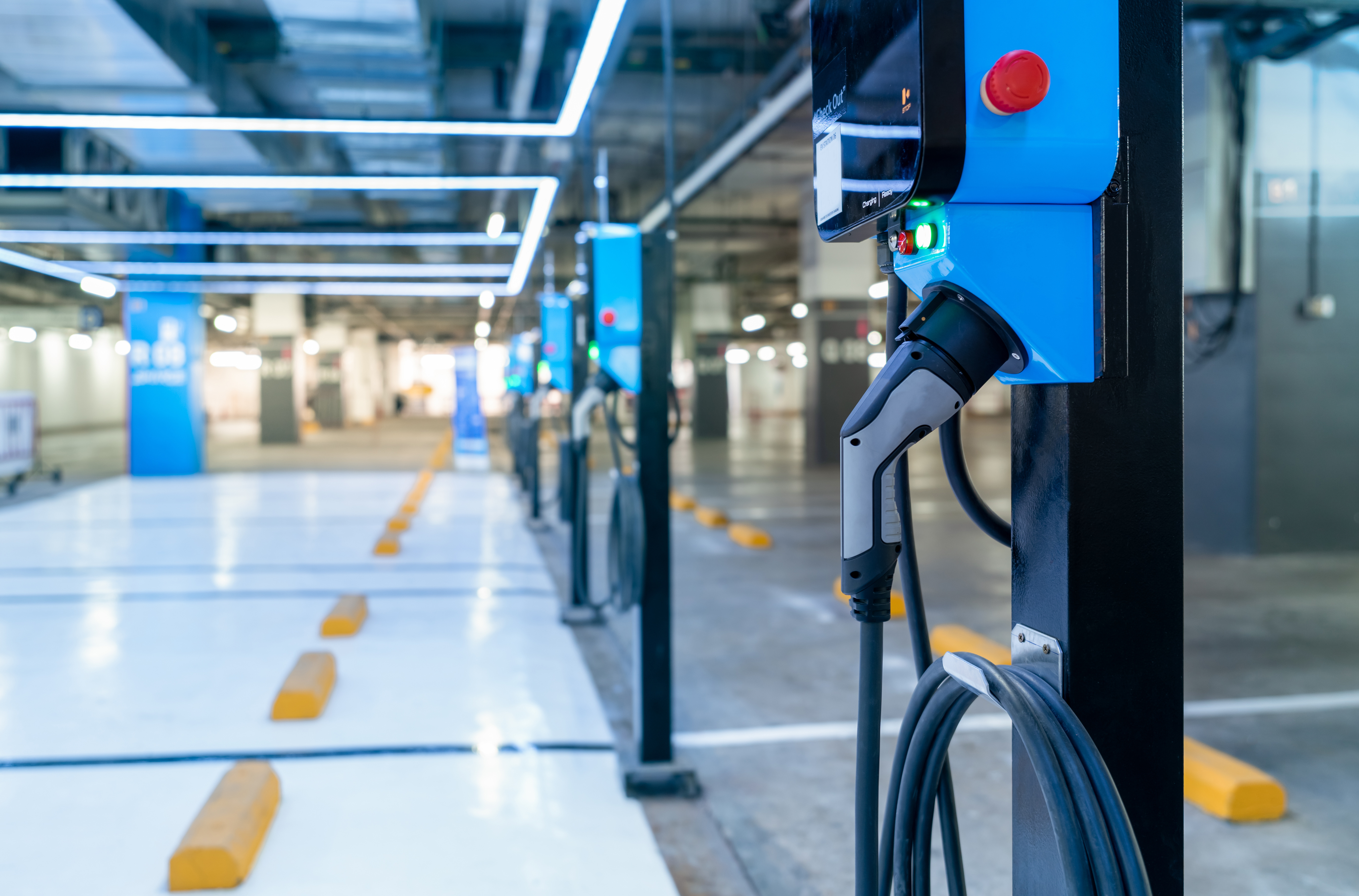
Kontrolmatik, a systems integrator and global EPC leader in power generation, transmission, and distribution, and its subsidiary Pomega Energy, a battery manufacturer, has announced an engineering alliance with Siemens. The global collaboration is focused on building a sustainable battery ecosystem to enable the transition to a decarbonized energy system, as Pomega Energy Storage Technologies USA and Kontrolmatik USA ramp up their energy storage operations in North America.
“The collaboration with Siemens provides Kontrolmatik the opportunity to establish our two companies as engineering, integration, and software collaborators. In return, Kontrolmatik and Pomega have offered to help standardize Siemens automation equipment and software solutions. Kontrolmatik and Pomega continuously look for opportunities to stay at the forefront of cutting-edge technology, and working with Siemens is to our continued success,” explained Saim Hacıağaoğlu, Deputy General Manager with Pomega Energy Storage Technologies.
The collaboration will expand the global reach of all three companies and further their efforts in sustainable energy storage. As Siemens continues to help companies ramp up battery manufacturing in the U.S. with their end-to-end technology, from supply chain to recycling to reuse, they look forward to collaborating with strong industry partners. Kontrolmatik and Pomega will standardize the use of Siemens solutions with full ongoing support and optimization, particularly for Pomega’s first LFP battery factory in Turkey.
“I am thrilled to express my enthusiasm and optimism about the exciting collaboration between Siemens, Kontrolmatik, and Pomega. The prospect of forging a global alliance is truly inspiring and marks a significant milestone in our partnership, symbolizing a commitment to innovation, efficiency, and cutting-edge technology. The synergy between Siemens, Kontrolmatik, and Pomega is poised to redefine industry standards and create transformative solutions. Together, we are paving the way for groundbreaking advancements in the fields we serve. This alliance aligns with our shared values and goals and reinforces our dedication to delivering unparalleled value to our clients worldwide. I am eager to witness our positive impact and look forward to a future of continued success and growth,” said Jefi Bardavit, Account Manager, Siemens Digital Industries.
In addition, with a combined focus on education, workforce, and research, the three companies have an alliance with the University of South Carolina (USC), where Pomega is building a pilot battery production line featuring Siemens automation and software solutions, scheduled for completion at the end of 2024. Through Siemens’ collaboration with academia, they have donated much of the software at USC.
William E. Mustain, Ph.D., Associate Dean for Research and Professor of Chemical Engineering at the University of South Carolina, explained, “USC is in the middle of a significant expansion of its battery pilot manufacturing and testing capabilities – built on 30 years of investment and research in batteries. Realizing a facility that we are designing requires partners who share your vision and bring their unique skills to the project, we believe we have found the right partners for success with Siemens, Kontrolmatik, and Pomega. This team's combined business, science, and technology experience creates something where the whole is greater than the sum of the parts, forming a strong foundation to drive a sustainable education, innovation, and business model for our state. Siemens strongly supports students here at USC and has demonstrated their commitment to education. The resources they provide related to digital design and operation allow our students to be ready on day one after graduation to contribute to the energy community.”
The market for batteries and sustainable energy solutions is growing rapidly. As such, there is a need for the decarbonization of transportation and energy systems enabled through a highly sustainable value chain for batteries. Siemens and Kontrolmatik will work closely together to expand the U.S. battery energy storage industry with customized end-to-end solutions made in the United States. Pomega’s PΩCenter in South Carolina will be one of the first facilities in the U.S. exclusively dedicated to LFP solutions for utility and residential battery storage.
Kontrolmatik | https://www.kontrolmatik.com/en/
Pomega | https://us.pomega.com/
Siemens | usa.siemens.com/battery
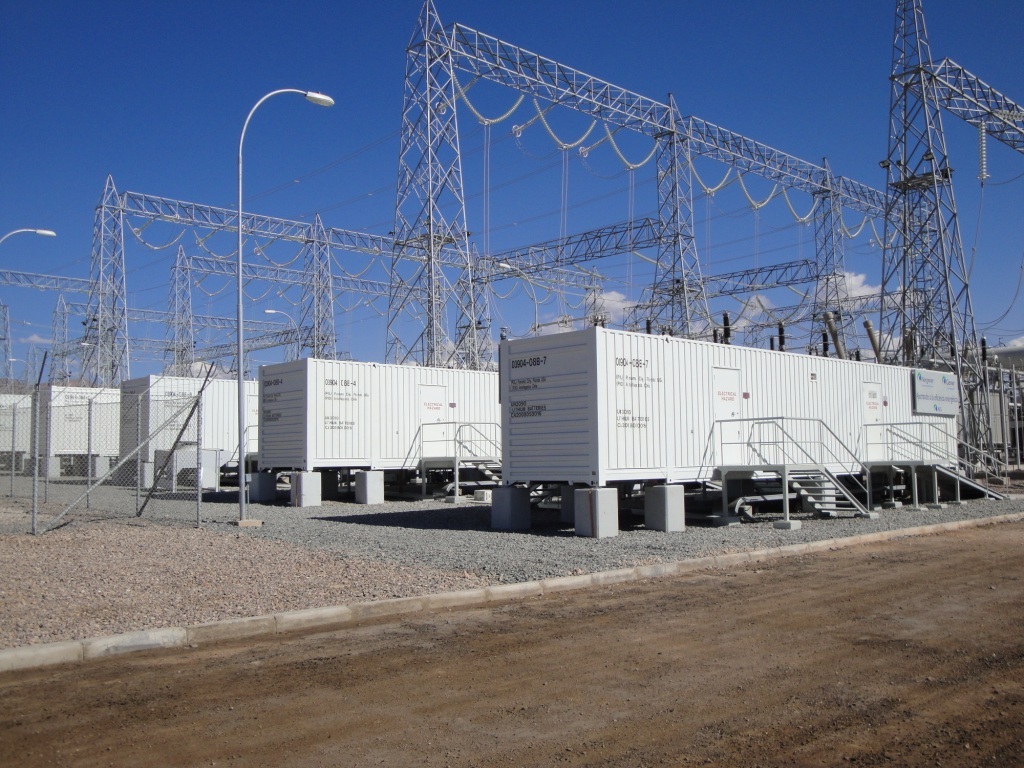
The Zero Emission Transportation Association’s Executive Director Albert Gore issued the following statement in response to the Biden-Harris Administration’s announcement of new tariffs on Chinese electric vehicles.
“The EV industry remains dedicated to developing a robust, resilient, and sustainable supply chain in the United States. During the past few years, more than $173 billion in private investment has been announced to retool existing facilities and build new manufacturing hubs around the country, due in part to thoughtful domestic industrial policy. This investment has contributed to 241,000 announced American jobs in the sector so far. Further, of the top six most American-made cars on the market today, five are electric vehicles—and a staggering 74% of the EVs sold in the US last year were made in America.
“Electric vehicles are the future of transportation, and we welcome the Administration’s commitment to ensuring that this future remains Made in America.”
Zero Emission Transportation Association | https://www.zeta2030.org/
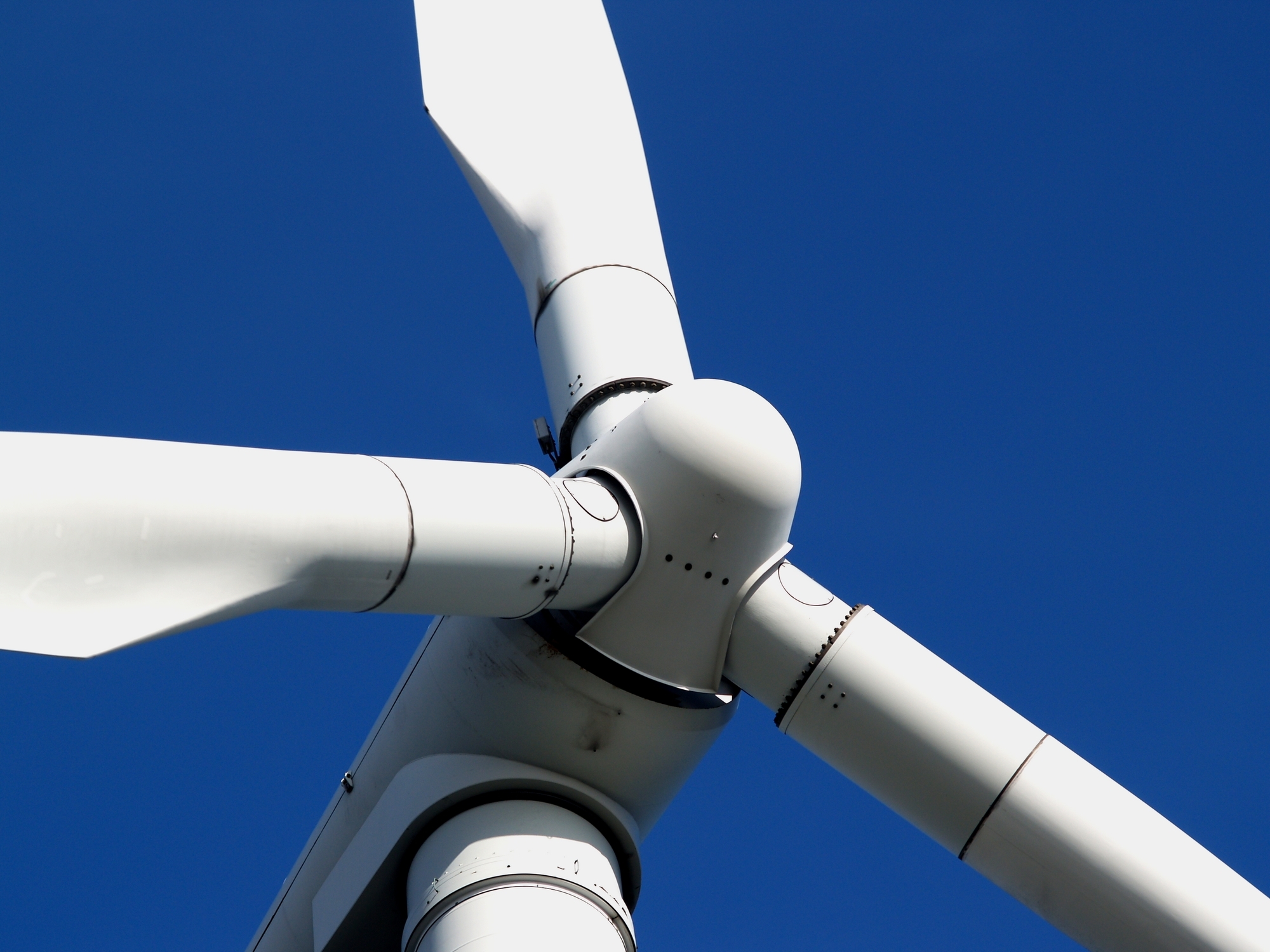
LOGISTEC Corporation ("LOGISTEC"), a leading marine and environmental services provider, has received the 2024 Canada's Best Managed Companies award, now for the second year. This award recognizes LOGISTEC's outstanding business performance, continuous sustained growth, bold strategy, and culture of innovation.
"We are very honored to be named a Best Managed Company for the second year," said Sean Pierce, Chief Executive Officer of LOGISTEC. "I am proud of our high-performing leadership team and our dedicated people across North America. This award not only acknowledges LOGISTEC's remarkable and consistent financial performance but also underscores our relentless culture of innovation that constantly pushes boundaries and exceeds expectations."
Now in its 31st year, Canada's Best Managed Companies is one of the country's most prestigious business awards programs, honoring Canadian-owned and managed businesses for their innovative, world-class business practices.
"Fuelled by our successful achievements, we will keep building on our strong foundation. Our long-term vision sets an ambitious destination while capitalizing on current market trends," added Sean Pierce.
The Best Managed Companies program celebrates companies that are demonstrating leadership in the areas of strategy, capabilities, innovation, culture, commitment, financials, and have a proven track record of achieving sustainable growth. Each year, hundreds of entrepreneurial companies undergo a rigorous and independent application process that evaluates the caliber of their management abilities and practices, but only the best are awarded this prestigious designation.
LOGISTEC Corporation | www.logistec.com
Canada's Best Managed Companies | www.bestmanagedcompanies.ca
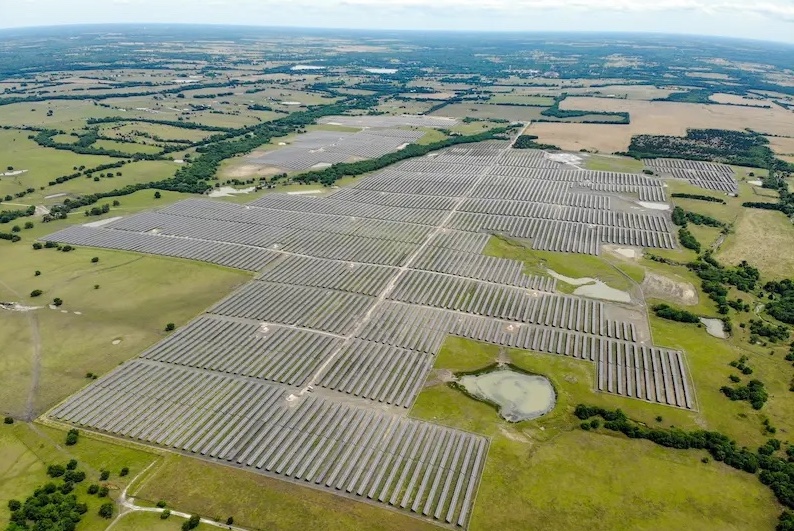
Qcells, a global leader in complete clean energy solutions, and Hanwha Aerospace USA (HAU), a leading aviation and aerospace component manufacturer, both subsidiaries of the Hanwha Group, announced the completion of two solar and energy storage projects in Connecticut to help HAU meet its energy demands. Under a 20-year Power Purchase Agreement (PPA) Qcells will provide HAU with nearly 20% of its energy needs. The projects are among the first to utilize Connecticut’s Energy Storage Solutions program and make HAU the first manufacturer to benefit from the state storage incentives.
Launched in 2022 by Connecticut’s Public Utilities Regulatory Authority (PURA), the nine-year Energy Storage Solutions program is managed by Connecticut Green Bank, the nation’s first state-level green bank, along with Eversource and UI. Qcells’ two projects – located in Cheshire and Newington, Connecticut – total 1.7 megawatts (MW) of solar and 1.2 megawatt-hours (MWh) of storage. Qcells ultimately is a one-stop shop for HAU, offering end-to-end service that covers customer power consumption pattern analysis, design, permitting, construction and operation, all fully financed.
During the life of the agreement, Qcells’ solar and storage systems could reap more than $2 million in utility bill savings. Beyond cost savings, in the long-term, Qcells’ projects are anticipated to avoid the release of more than 32,000 metric tons of CO2 equivalent, which is equal to taking more than 7,000 gas-powered passenger vehicles off the road for a year, according to the U.S. Environmental Protection Agency (EPA) calculator. Qcells’ combined solar and battery storage also effectively supplies backup power for critical loads during outages.
The state’s storage program is a key to bringing more reliable, affordable storage solutions to Connecticut. The program is aimed at helping all types of energy customers install clean storage solutions to increase reliability and lower energy costs. Qcells’ system will contribute to the grid during critical periods and in return is eligible for performance incentives. With its Geli EMS software, Qcells optimizes battery charging and discharging to comply with program requirements and maximize both the operational and financial performance of the projects.
Qcells’ projects for HAU were also made possible by incentives under the Inflation Reduction Act, which provides a 30% tax credit for both storage and solar installations. These projects are a prime example of how state and federal policies together can accelerate the clean energy transition, lower energy costs and increase grid reliability in a changing climate.
“Qcells’ solar and storage projects are an achievement for Connecticut manufacturing and for Eversource and UI ratepayers. Not only will Hanwha Aerospace USA benefit from demand charge savings on their electric bills and have backup power in case of an outage, but Connecticut ratepayers will also see the benefits that come from reduced strain on the grid,” said Sergio Carrillo, Managing Director, Incentive Programs at the Green Bank. “Energy Storage Solutions customers will send power from their batteries to the grid during times of peak demand in the summer and winter, which can help make the grid cleaner, cheaper, and more reliable.”
“From the aerospace engines business to the steel industry, we are seeing more and more manufacturers begin to understand the wide-ranging benefits Qcells’ full suite of clean energy solutions provide,” said Jin Han, Corporate Officer, Head of Distributed Energy at Qcells. “Our end-to-end energy solutions will help companies like Hanwha Aerospace USA and communities across the country alike, achieve sustainability goals while also increasing grid reliability, resiliency and cost savings. Ultimately, we are proud to help power Hanwha Aerospace’s operations and to be an inaugural part of Connecticut’s Energy Storage Solutions program.”
“Hanwha Aerospace has made a strong commitment to Connecticut, establishing its International Engines Business Headquarters in Cheshire and pledging to further strengthen its presence here. Today’s announcement is another example of how Hanwha is following through,” said Dan O’Keefe, Commissioner of the Department of Economic and Community Development. “It is great to see an industry leader of Hanwha’s stature demonstrating leadership in terms of clean energy adoption in our state.”
“We see our 20-year agreement with Qcells as an incredible opportunity to make Hanwha Aerospace USA’s operations cleaner, more resilient and more affordable,” said Stephen Lindsey, Chief Technology Officer for Hanwha Aerospace USA. “We’re leading the way in our industry as we adopt clean energy solutions across our operations. HAU looks forward to the long-term benefits this agreement will yield both for our business and for the surrounding community as the projects provide us clean, resilient energy and contribute to a more sustainable and reliable power grid.”
Qcells | https://qcells.com/us/
Connecticut Green Bank | www.ctgreenbank.com
Hanwha Aerospace | www.hanwhaaerospace.com
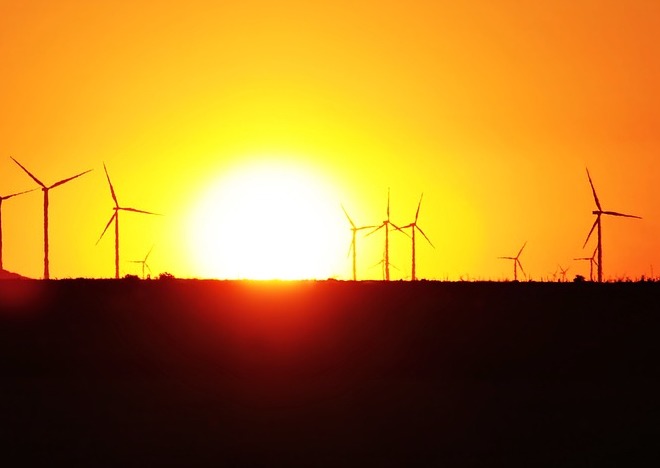
Alternative Energies Jun 26, 2023
Unleashing trillions of dollars for a resilient energy future is within our grasp — if we can successfully navigate investment risk and project uncertainties. The money is there — so where are the projects? A cleaner and more secure energy ....
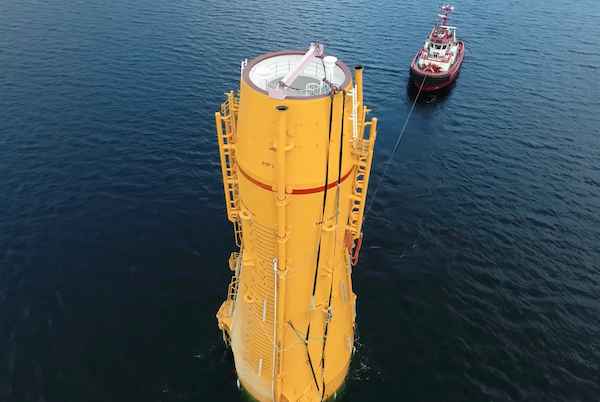
The Kincardine floating wind farm, located off the east coast of Scotland, was a landmark development: the first commercial-scale project of its kind in the UK sector. Therefore, it has been closely watched by the industry throughout its installation. With two of the turbines now having gone through heavy maintenance, it has also provided valuable lessons into the O&M processes of floating wind projects.
In late May, the second floating wind turbine from the five-turbine development arrived in the port of Massvlakte, Rotterdam, for maintenance. An Anchor Handling Tug Supply (AHTS)
vessel was used to deliver the KIN-02 turbine two weeks after a Platform Supply Vessel (PSV) and AHTS had worked to disconnect the turbine from the wind farm site. The towing vessel became the third vessel used in the operation.
This is not the first turbine disconnected from the site and towed for maintenance. In the summer of 2022, KIN-03 became the world’s first-ever floating wind turbine that required heavy maintenance (i.e. being disconnected and towed for repair). It was also towed from Scotland to Massvlakte.
Each of these operations has provided valuable lessons for the ever-watchful industry in how to navigate the complexities of heavy maintenance in floating wind as the market segment grows.

The heavy maintenance process
When one of Kincardine’s five floating 9.5 MW turbines (KIN-03) suffered a technical failure in May 2022, a major technical component needed to be replaced. The heavy maintenance strategy selected by the developer and the offshore contractors consisted in disconnecting and towing the turbine and its floater to Rotterdam for maintenance, followed by a return tow and re-connection. All of the infrastructure, such as crane and tower access, remained at the quay following the construction phase. (Note, the following analysis only covers KIN-03, as details of the second turbine operation are not yet available).
Comparing the net vessel days for both the maintenance and the installation campaigns at this project highlights how using a dedicated marine spread can positively impact operations.
For this first-ever operation, a total of 17.2 net vessel days were required during turbine reconnection—only a slight increase on the 14.6 net vessel days that were required for the first hook-up operation performed during the initial installation in 2021. However, it exceeds the average of eight net vessel days during installation. The marine spread used in the heavy maintenance operation differed from that used during installation. Due to this, it did not benefit from the learning curve and experience gained throughout the initial installation, which ultimately led to the lower average vessel days.
The array cable re-connection operation encountered a similar effect. The process was performed by one AHTS that spent 10 net vessel days on the operation. This compares to the installation campaign, where the array cable second-end pull-in lasted a maximum of 23.7 hours using a cable layer.
Overall, the turbine shutdown duration can be broken up as 14 days at the quay for maintenance, 52 days from turbine disconnection to turbine reconnection, and 94 days from disconnection to the end of post-reconnection activities.
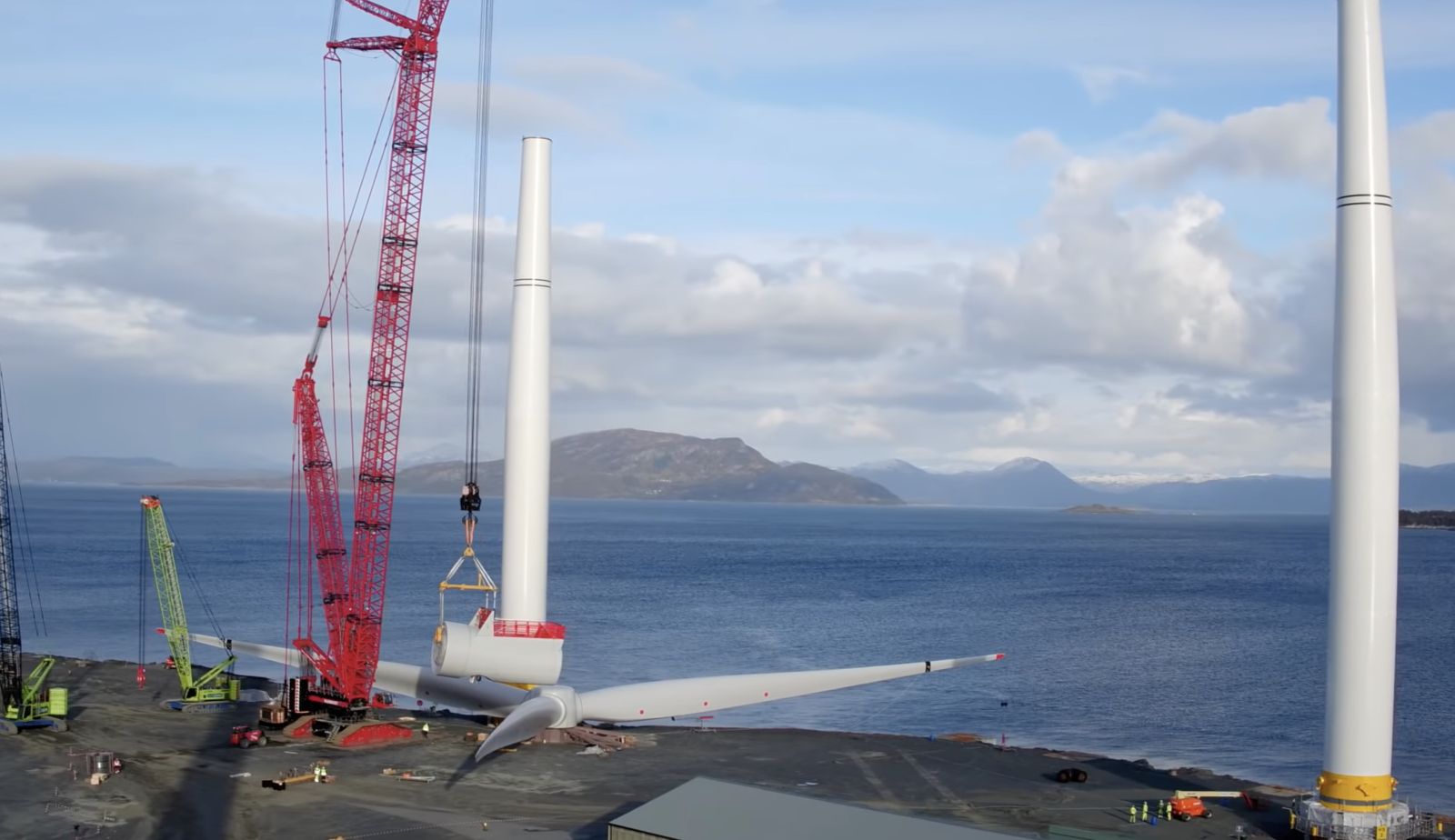
What developers should keep in mind for heavy maintenance operations
This analysis has uncovered two main lessons developers should consider when planning a floating wind project: the need to identify an appropriate O&M port, and to guarantee that a secure fleet is available.
Floating wind O&M operations require a port with both sufficient room and a deep-water quay. The port must also be equipped with a heavy crane with sufficient tip height to accommodate large floaters and reach turbine elevation. Distance to the wind farm should also be taken into account, as shorter distances will reduce towing time and, therefore, minimize transit and non-productive turbine time.
During the heavy maintenance period for KIN-03 and KIN-02, the selected quay (which had also been utilized in the initial installation phase of the wind farm project), was already busy as a marshalling area for other North Sea projects. This complicated the schedule significantly, as the availability of the quay and its facilities had to be navigated alongside these other projects. This highlights the importance of abundant quay availability both for installation (long-term planning) and maintenance that may be needed on short notice.
At the time of the first turbine’s maintenance program (June 2022), the North Sea AHTS market was in an exceptional situation: the largest bollard pull AHTS units contracted at over $200,000 a day, the highest rate in over a decade.
During this time, the spot market was close to selling out due to medium-term commitments, alongside the demand for high bollard pull vessels for the installation phase at a Norwegian floating wind farm project. The Norwegian project required the use of four AHTS above a 200t bollard pull. With spot rates ranging from $63,000 to $210,000 for the vessels contracted for Kincardine’s maintenance, the total cost of the marine spread used in the first repair campaign was more than $4 million.
Developers should therefore consider the need to structure maintenance contracts with AHTS companies, either through frame agreements or long-term charters, to decrease their exposure to spot market day rates as the market tightens in the future.

While these lessons are relevant for floating wind developers now, new players are looking towards alternative heavy O&M maintenance options for the future. Two crane concepts are especially relevant in this instance. The first method is for a crane to be included in the turbine nacelle to be able to directly lift the component which requires repair from the floater, as is currently seen on onshore turbines. This method is already employed in onshore turbines and could be applicable for offshore. The second method is self-elevating cranes with several such solutions already in development.
The heavy maintenance operations conducted on floating turbines at the Kincardine wind farm have provided invaluable insights for industry players, especially developers. The complex process of disconnecting and towing turbines for repairs highlights the need for meticulous planning and exploration of alternative maintenance strategies, some of which are already in the pipeline. As the industry evolves, careful consideration of ports, and securing fleet contracts, will be crucial in driving efficient and cost-effective O&M practices for the floating wind market.
Sarah McLean is Market Research Analyst at Spinergie, a maritime technology company specializing in emission, vessel performance, and operation optimization.
Spinergie | www.spinergie.com
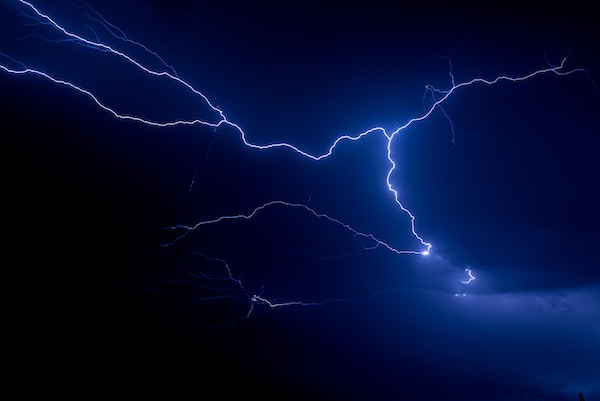
According to the Energy Information Administration (EIA), developers plan to add 54.5 gigawatts (GW) of new utility-scale electric generating capacity to the U.S. power grid in 2023. More than half of this capacity will be solar. Wind power and battery storage are expected to account for roughly 11 percent and 17 percent, respectively.
A large percentage of new installations are being developed in areas that are prone to extreme weather events and natural disasters (e.g., Texas and California), including high wind, tornadoes, hail, flooding, earthquakes, wildfires, etc. With the frequency and severity of many of these events increasing, project developers, asset owners, and tax equity partners are under growing pressure to better understand and mitigate risk.
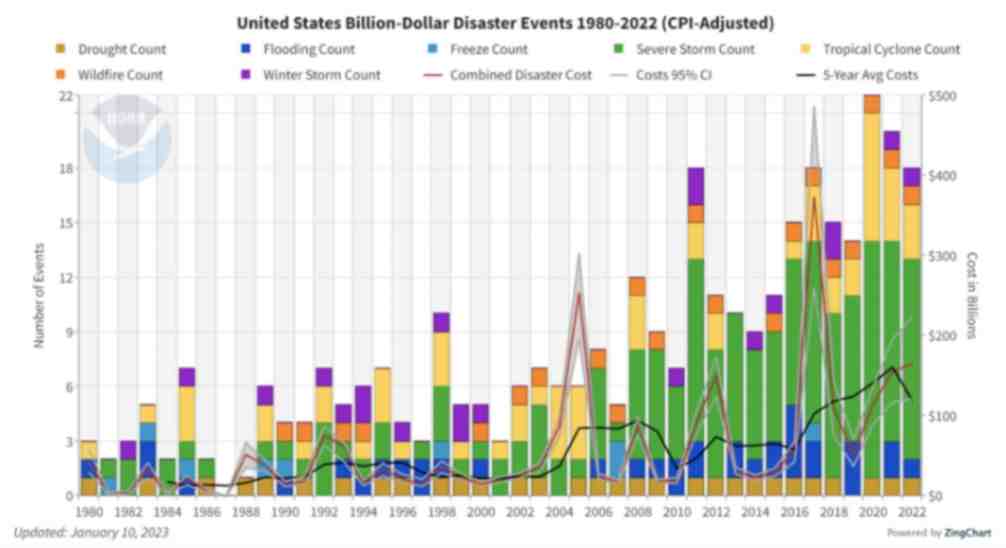
Figure 1. The history of billion-dollar disasters in the United States each year from 1980 to 2022 (source: NOAA)
In terms of loss prevention, a Catastrophe (CAT) Modeling Study is the first step to understanding the exposure and potential financial loss from natural hazards or extreme weather events. CAT studies form the foundation for wider risk management strategies, and have significant implications for insurance costs and coverage.
Despite their importance, developers often view these studies as little more than a formality required for project financing. As a result, they are often conducted late in the development cycle, typically after a site has been selected. However, a strong case can be made for engaging early with an independent third party to perform a more rigorous site-specific technical assessment. Doing so can provide several advantages over traditional assessments conducted by insurance brokerage affiliates, who may not possess the specialty expertise or technical understanding needed to properly apply models or interpret the results they generate. One notable advantage of early-stage catastrophe studies is to help ensure that the range of insurance costs, which can vary from year to year with market forces, are adequately incorporated into the project financial projections.
The evolving threat of natural disasters
Over the past decade, the financial impact of natural hazard events globally has been almost three trillion dollars. In the U.S. alone, the 10-year average annual cost of natural disaster events exceeding $1 billion increased more than fourfold between the 1980s ($18.4 billion) and the 2010s ($84.5 billion).

Investors, insurers, and financiers of renewable projects have taken notice of this trend, and are subsequently adapting their behavior and standards accordingly. In the solar market, for example, insurance premiums increased roughly four-fold from 2019 to 2021. The impetus for this increase can largely be traced back to a severe storm in Texas in 2019, which resulted in an $80 million loss on 13,000 solar panels that were damaged by hail.
The event awakened the industry to the hazards severe storms present, particularly when it comes to large-scale solar arrays. Since then, the impact of convective weather on existing and planned installations has been more thoroughly evaluated during the underwriting process. However, far less attention has been given to the potential for other natural disasters; events like floods and earthquakes have not yet resulted in large losses and/or claims on renewable projects (including wind farms). The extraordinary and widespread effect of the recent Canadian wildfires may alter this behavior moving forward.
A thorough assessment, starting with a CAT study, is key to quantifying the probability of their occurrence — and estimating potential losses — so that appropriate measures can be taken to mitigate risk.
All models are not created equal
Industrywide, certain misconceptions persist around the use of CAT models to estimate losses from an extreme weather event or natural disaster.
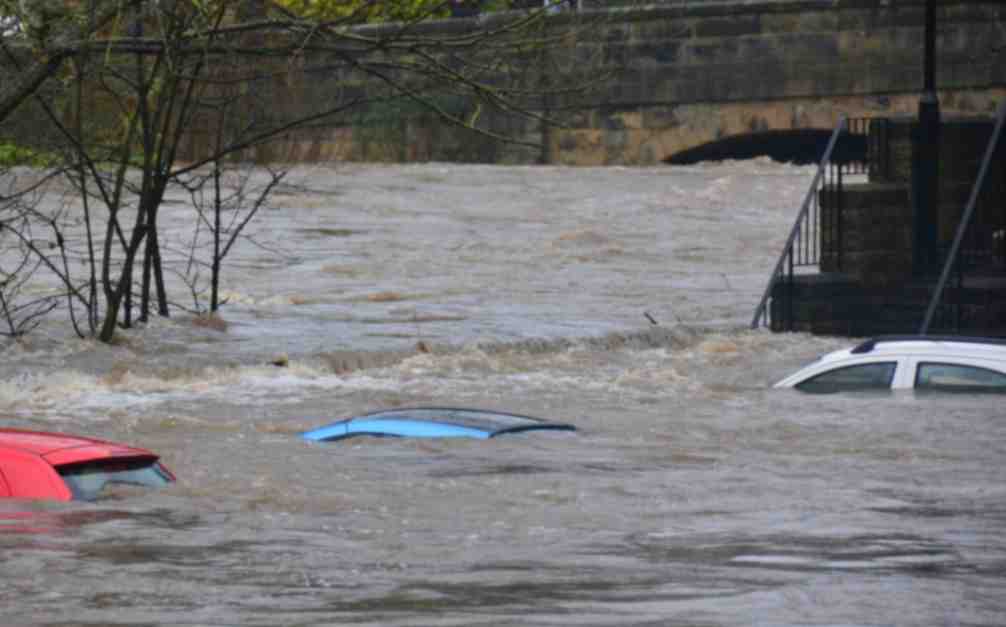
Often, the perception is that risk assessors only need a handful of model inputs to arrive at an accurate figure, with the geographic location being the most important variable. While it’s true that many practitioners running models will pre-specify certain project characteristics regardless of the asset’s design (for example, the use of steel moment frames without trackers for all solar arrays in a given region or state), failure to account for even minor details can lead to loss estimates that are off by multiple orders of magnitude.
The evaluation process has recently become even more complex with the addition of battery energy storage. Relative to standalone solar and wind farms, very little real-world experience and data on the impact of extreme weather events has been accrued on these large-scale storage installations. Such projects require an even greater level of granularity to help ensure that all risks are identified and addressed.
Even when the most advanced modeling software tools are used (which allow for thousands of lines of inputs), there is still a great deal that is subject to interpretation. If the practitioner does not possess the expertise or technical ability needed to understand the model, the margin for error can increase substantially. Ultimately, this can lead to overpaying for insurance. Worse, you may end up with a policy with insufficient coverage. In both cases, the profitability of the asset is impacted.
Supplementing CAT studies
In certain instances, it may be necessary to supplement CAT models with an even more detailed analysis of the individual property, equipment, policies, and procedures. In this way, an unbundled risk assessment can be developed that is tailored to the project. Supplemental information (site-specific wind speed studies and hydrological studies, structural assessment, flood maps, etc.) can be considered to adjust vulnerability models.
This provides an added layer of assurance that goes beyond the pre-defined asset descriptions in the software used by traditional studies or assessments. By leveraging expert elicitations, onsite investigations, and rigorous engineering-based methods, it is possible to discretely evaluate asset-specific components as part of the typical financial loss estimate study: this includes Normal Expected Loss (NEL), also known as Scenario Expected Loss (SEL); Probable Maximum Loss (PML), also known as Scenario Upper Loss (SUL); and Probabilistic Loss (PL).
Understanding the specific vulnerabilities and consequences can afford project stakeholders unique insights into quantifying and prioritizing risks, as well as identifying proper mitigation recommendations.
Every project is unique
The increasing frequency and severity of natural disasters and extreme weather events globally is placing an added burden on the renewable industry, especially when it comes to project risk assessment and mitigation. Insurers have signaled that insurance may no longer be the main basis for transferring risk; traditional risk management, as well as site and technology selection, must be considered by developers, purchasers, and financiers.
As one of the first steps in understanding exposure and the potential capital loss from a given event, CAT studies are becoming an increasingly important piece of the risk management puzzle. Developers should treat them as such by engaging early in the project lifecycle with an independent third-party practitioner with the specialty knowledge, tools, and expertise to properly interpret models and quantify risk.
Hazards and potential losses can vary significantly depending on the project design and the specific location. Every asset should be evaluated rigorously and thoroughly to minimize the margin for error, and maximize profitability over its life.
 Chris LeBoeuf is Global Head of the Extreme Loads and Structural Risk division of ABS Group, based in San Antonio, Texas. He leads a team of more than 60 engineers and scientists in the US, UK, and Singapore, specializing in management of risks to structures and equipment related to extreme loading events, including wind, flood, seismic and blast. Chris has more than 20 years of professional experience as an engineering consultant, and is a recognized expert in the study of blast effects and blast analysis, as well as design of buildings. He holds a Bachelor of Science in Civil Engineering from The University of Texas at San Antonio, and is a registered Professional Engineer in 12 states.
Chris LeBoeuf is Global Head of the Extreme Loads and Structural Risk division of ABS Group, based in San Antonio, Texas. He leads a team of more than 60 engineers and scientists in the US, UK, and Singapore, specializing in management of risks to structures and equipment related to extreme loading events, including wind, flood, seismic and blast. Chris has more than 20 years of professional experience as an engineering consultant, and is a recognized expert in the study of blast effects and blast analysis, as well as design of buildings. He holds a Bachelor of Science in Civil Engineering from The University of Texas at San Antonio, and is a registered Professional Engineer in 12 states.
ABS Group | www.abs-group.com

Grid modernization is having a profound impact on the nature and regulation of North American utilities. It represents a significant change to the way energy is managed, distributed, and used—today and in the future. As Environmental, Social, and Governance (ESG) targets become increasingly important to energy investors and regulators, how can organizations transform their Asset Investment Planning (AIP) processes to overcome challenges and take advantage of emerging opportunities?
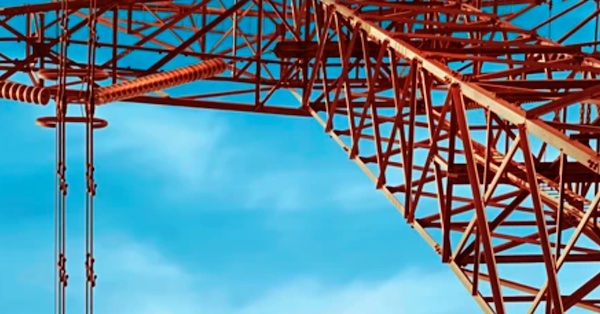
Grid modernization
The energy transition refers to the global energy sector’s shift from fossil-based systems of energy production and consumption to renewable energy sources like wind and solar, as well as long-term energy storage such as batteries. The increasing penetration of renewable energy into the energy supply mix and the onset of electrification and improvements in energy storage are key drivers of the energy transition.
Grid modernization is a subset of the energy transition, and refers to changes needed in the electric transmission and distribution (T&D) systems to accommodate these rapid and innovative technological changes. Grid modernization often necessitates the increased application of sensors, computers, and communications to increase the intelligence of the grid and its ability to respond swiftly to external factors. The main goals of the grid are to provide the capacity, reliability, and flexibility needed to adapt to a whole range of new technologies (in the drive to net zero), while maintaining a comparable level of service and cost to the end customer.
Grid modernization projects are driven by both climate resilience through hardening of assets and changes to the T&D network to accommodate climate mitigation strategies. There are 3 broad categories for these types of projects:
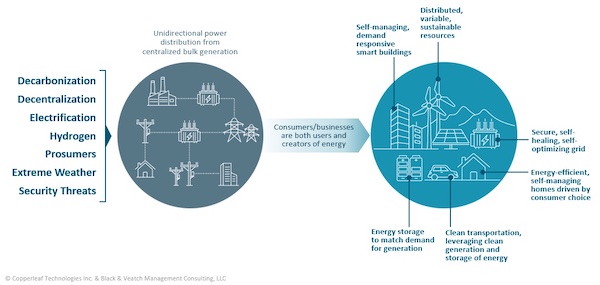
Grid modernization is accelerating due to multiple factors, such as decarbonization, electrification, extreme weather, and security threats.
Valuing innovative projects
The changing demands dictated by grid modernization will require organizations to strike the right balance between cost-effectively managing the current business, while investing appropriately to meet future demands. Organizations are already seeing an increase in both the volume and variety of grid modernization projects. This is leading to increased planning complexity, requiring utilities to demonstrate that they are spending their limited budgets and resources to maximize value and drive their ESG and performance targets.
A value-based approach to investment decision making is key to establishing a common basis to evaluate potential investment opportunities and meet the challenges of grid modernization. The key to achieving your organization’s grid modernization goals is building a multi-year plan that breaks the work into executable chunks. This ensures adequate funding and resources are available to carry out the plan in the short-term, resulting in incremental progress toward longer-term objectives.
With a value-based decision-making approach, organizations can ensure they are making the right grid modernization investments—and justify their plans to internal and external stakeholders.
Align decisions with strategic objectives
Business leaders must develop frameworks that quantify the financial and non-financial benefits of all proposed investments on a common scale and understand how projects will contribute to their short- and long-term grid modernization initiatives and broader energy transition goals. A value framework also creates a clear line of sight from planned investments to regulatory and corporate targets, allowing organizations to provide transparency into the decision-making methodology—and demonstrate the benefits of their plans to regulators, stakeholders, and customers:
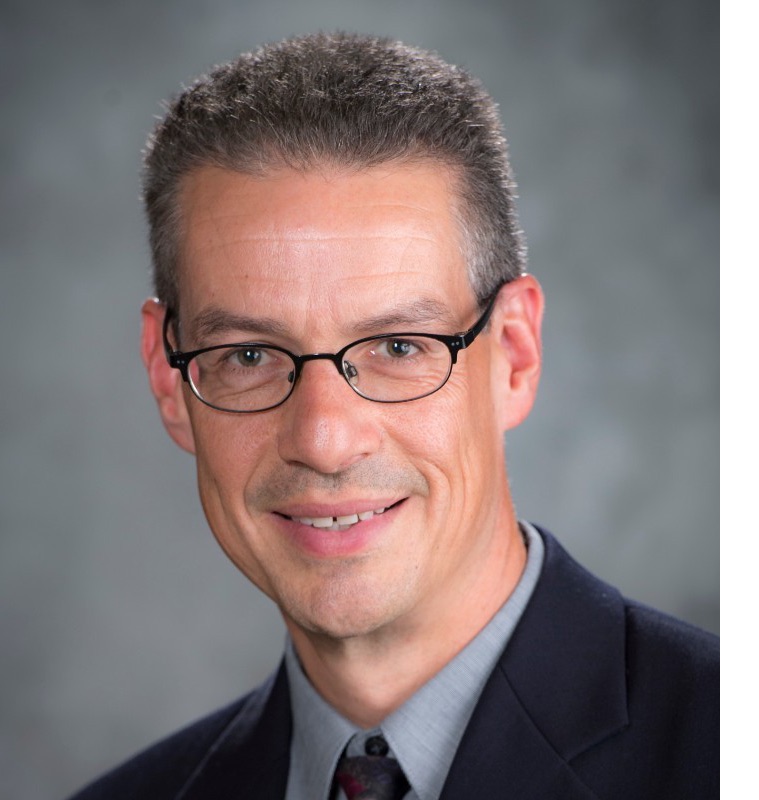 Russ is a Director of Product Management, Decision Analytics at Copperleaf. He is an innovative leader with over 20 years of comprehensive business and technical experience in high-tech product development organizations. Russ holds a B.A.Sc. in Mechanical Engineering from the University of British Columbia and a Management of Technology MBA from Simon Fraser University.
Russ is a Director of Product Management, Decision Analytics at Copperleaf. He is an innovative leader with over 20 years of comprehensive business and technical experience in high-tech product development organizations. Russ holds a B.A.Sc. in Mechanical Engineering from the University of British Columbia and a Management of Technology MBA from Simon Fraser University.
Copperleaf | www.copperleaf.com
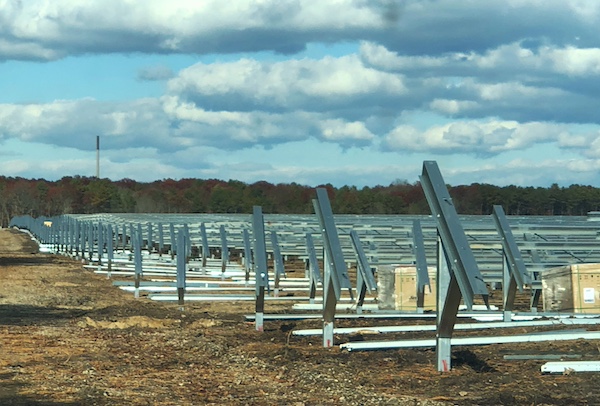
Throughout my life and career as a real estate developer in New York City, I’ve had many successes. In what is clearly one of my most unusual development projects in a long career filled with them, I initiated the building of a solar farm to help t....

I’m just going to say it, BIPV is dumb. Hear me out…. Solar is the most affordable form of energy that has ever existed on the planet, but only because the industry has been working towards it for the past 15 years. Governments,....
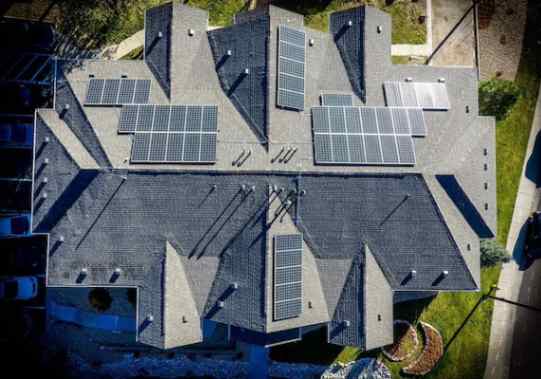
Heat waves encircled much of the earth last year, pushing temperatures to their highest in recorded history. The water around Florida was “hot-tub hot” — topping 101° and bleaching and killing coral in waters around the peninsula. Phoenix had ....
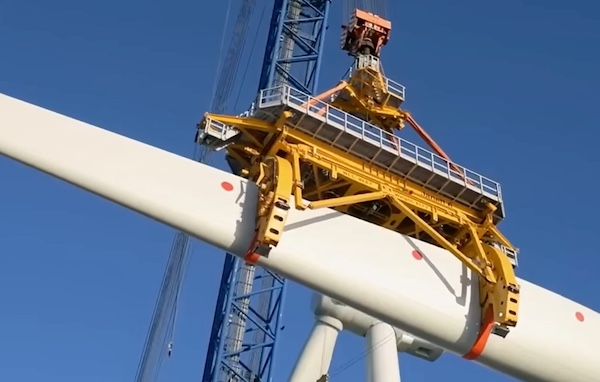
Wind turbines play a pivotal role in the global transition to sustainable energy sources. However, the harsh environmental conditions in which wind turbines operate, such as extreme temperatures, high humidity, and exposure to various contaminants, p....
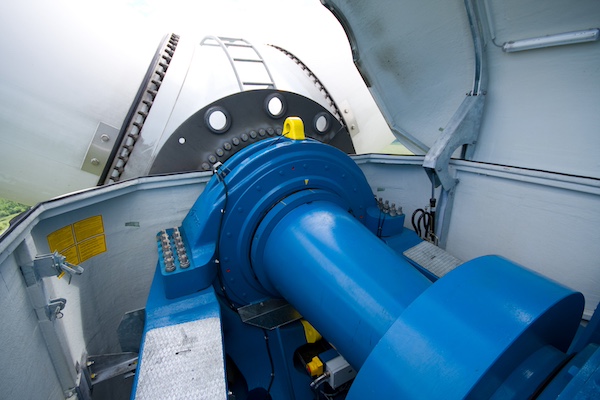
Wind energy remains the leading non-hydro renewable technology, and one of the fastest-growing of all power generation technologies. The key to making wind even more competitive is maximizing energy production and efficiently maintaining the assets. ....
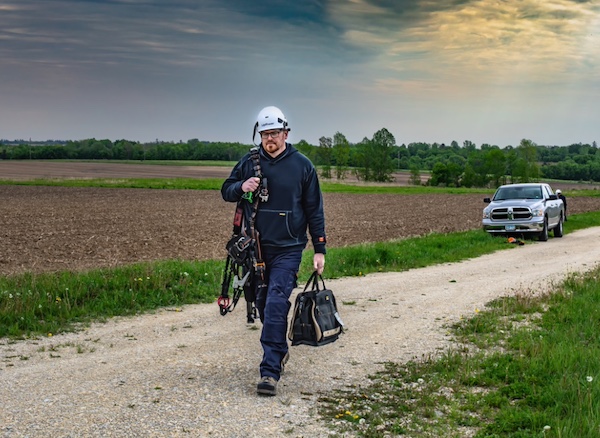
The allure of wind turbines is undeniable. For those fortunate enough to visit these engineering marvels, it’s an experience filled with awe and learning. However, the magnificence of these structures comes with inherent risks, making safety an abs....
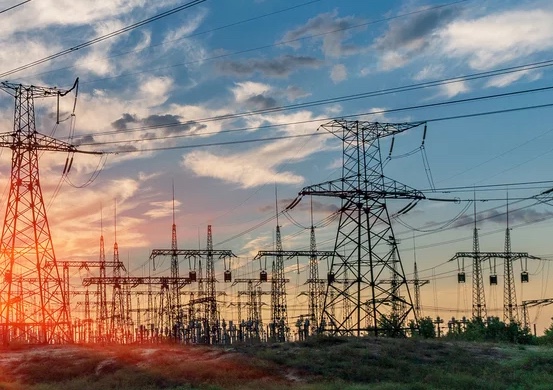
Battery energy storage is a critical technology to reducing our dependence on fossil fuels and build a low carbon future. Renewable energy generation is fundamentally different from traditional fossil fuel energy generation in that energy cannot be p....
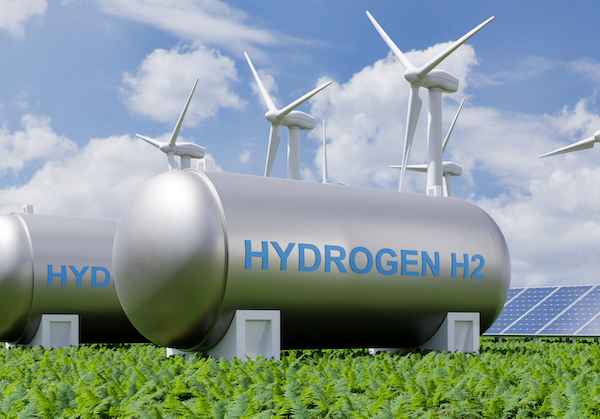
Not enough people know that hydrogen fuel cells are a zero-emission energy technology. Even fewer know water vapor's outsized role in electrochemical processes and reactions. Producing electricity through a clean electrochemical process with water....

In the ever-evolving landscape of sustainable transportation, a ground-breaking shift is here: 2024 ushers in a revolutionary change in Electric Vehicle (EV) tax credits in the United States. Under the Inflation Reduction Act (IRA), a transforma....

Now more than ever, it would be difficult to overstate the importance of the renewable energy industry. Indeed, it seems that few other industries depend as heavily on constant and rapid innovation. This industry, however, is somewhat unique in its e....

University of Toronto’s latest student residence welcomes the future of living with spaces that are warmed by laptops and shower water. In September 2023, one of North America’s largest residential passive homes, Harmony Commons, located....
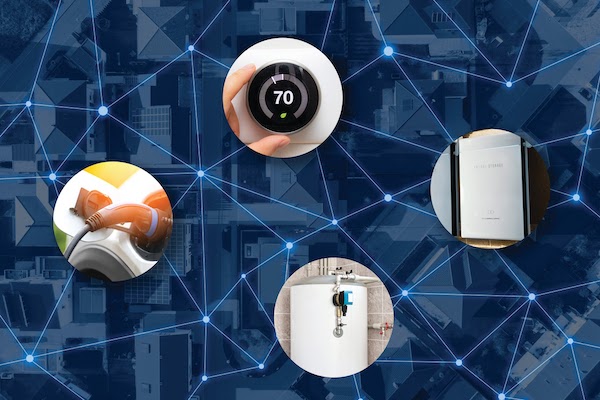
For decades, demand response (DR) has proven a tried-and-true conservation tactic to mitigate energy usage during peak demand hours. Historically, those peak demand hours were relatively predictable, with increases in demand paralleling commuter and ....